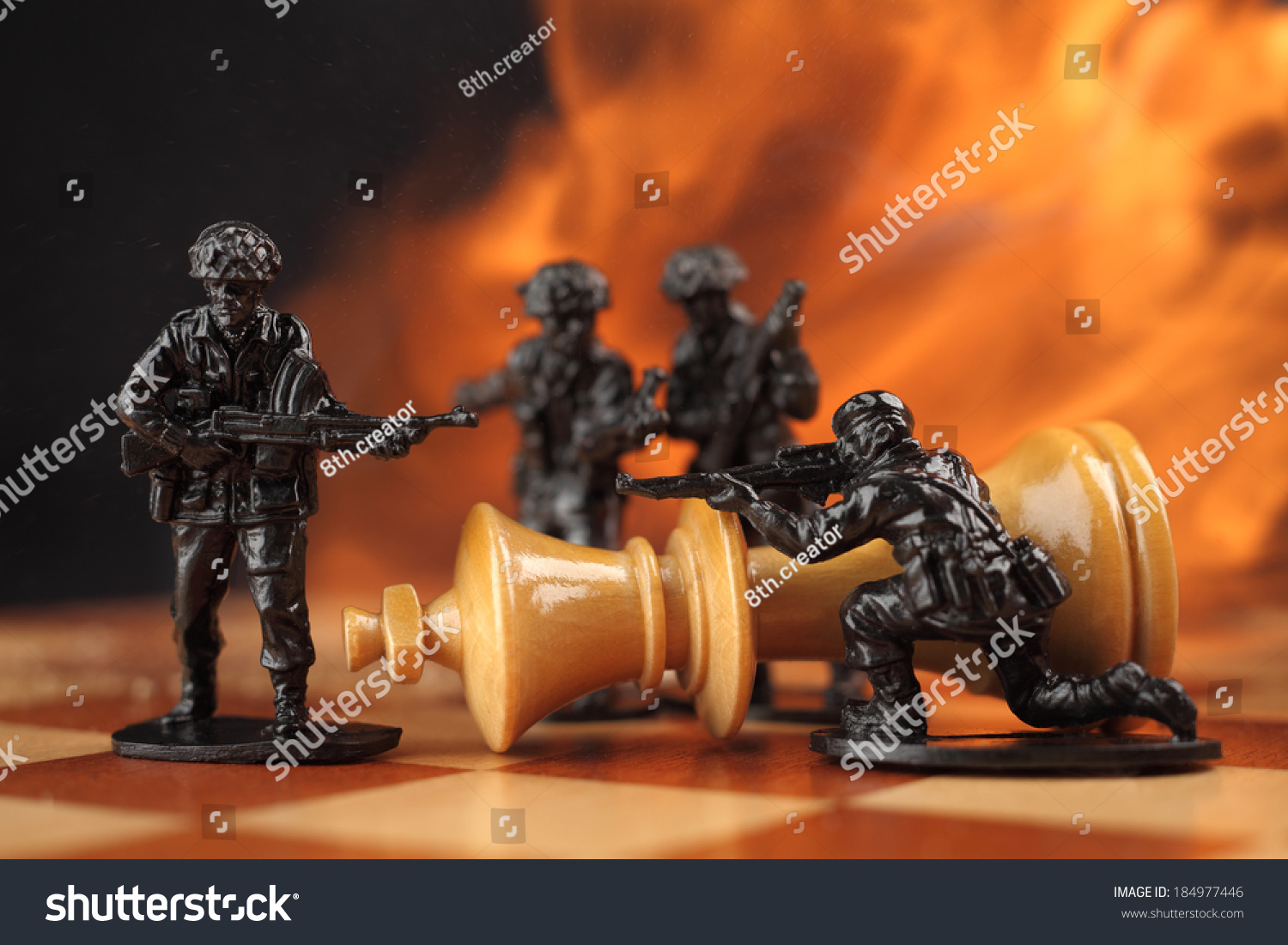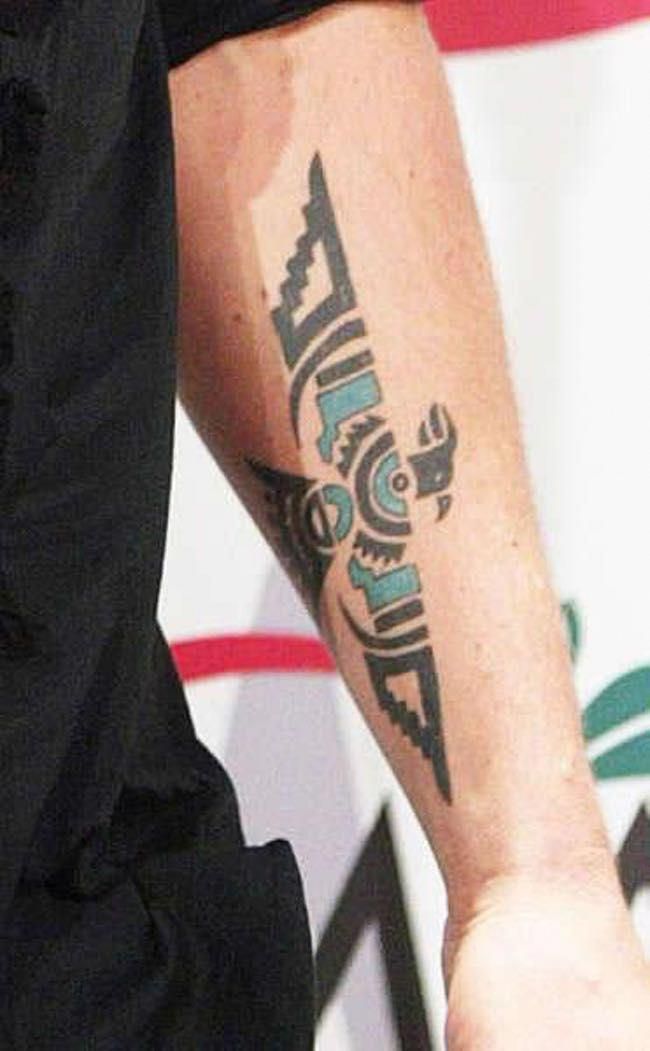How To Kill The King In Chess
No, a King can’t kill a King in Chess. A game of chess can’t be played without a king. The king will always be there. Just take care that your king will not get checkmated.
When you lose a lot of material like pawns and chess pieces then your opponent gets an overwhelming material advantage and can get close to your king and will finally checkmate him. Once you are down in material you are going to lose slowly but surely.
Chess is hard.True grandmasters spend years learning the underlying theory, working through puzzles, and studying their opponents in order to perfect their g. Place another piece in between your King and the attacker. This can't be done if your King is attacked by 2 pieces at once. Kill the attacking piece. So, a Pawn can only kill a King if another chess piece supports it. If not, the King could kill or capture the Pawn since the King can also take other chess pieces. The King may be considered the most vulnerable chess piece of them all, but it can still do a lot more than what it is supposed to do. Likewise, can a pawn kill a king in chess? If you are asking about the rules of chess, NO piece can take the king, and a king cannot deliberately walk into a position where an opponent's piece can capture him. With common sense, if chess is a war, the objective should be to capture the opponent's king.
So make sure that you do not blunder away pawns and pieces senselessly as this will make your opponent stronger and stronger and his chances improve to checkmate your king.
See above: A king controls the squares AROUND him. So you are not allowed to move your king right next to the opponent’s king. There will always be a square in between the kings which separates them. This means it is technically impossible for your king to kill the opponent’s king.
What can kill a King in Chess?
Nothing can kill a king. The king remains on the board always. You can give a check to the king with any piece or pawn, and if the king can’t move away from the check, or if you can’t capture the check-giving piece or pawn, or if you can’t move another piece or pawn in between, the king is checkmate.

Related Pages:
The King-safety objective: The 4th objective is about King-safety. According to the rules of the game a king may not stay in check. It implies that when your king is in check you usually can’t continue with other important objectives, such as development of your pieces, since you must get your king out of check.
This “check-rule” is the reason why the king is the most vulnerable piece on the board. In the next few lessons we will focus our study on the effect that king-safety (or lack of) have on the rest of the game.
How To Kill The King In Chess Game
In simple words the objective of King-safety can be stated as:
Keep your king safe and try to expose your opponent’s king because an exposed king is very vulnerable.
What exactly is an exposed king?
In simple words – an exposed king doesn’t have the necessary protection against checks and threats from enemy pieces.
The rule that a king may not stay in check is the main reason why he is so vulnerable!
In the position below, material is equal but the white king is in trouble. Black can gain a “free” development move by play Re8+
There are a few practical ways how the “check-rule” can be exploited during the game:
- Checks can be used as “tempo-moves” to gain free development moves (more on this in the examples later).
- A king can be used as one of the targets in a double-attack (attacking the king and simultaneously making threats against other pieces too).
- When a king is in check, most of the other pieces become momentarily useless. In other words, when your king is in check your other pieces becomes mere “spectators” until the check against your king is dealt with.
How Do You Beat The King In Chess
Not all checks are dangerous (spite-checks)
It is important to distinguish between a dangerous check and a useless check (or “spite-check”.) A “spite-check” have no clear purpose and often just helps your opponent to get his king to a safer position in any case. Avoid making “spite-checks” that lead to nothing. In fact, “saving the check” for a later stage may be more useful.
White will win a “free move” by simply blocking the check with c2-c3.
In the above example black made a useless “spite-check”. This check only helps white to develop and strengthen his center-control by playing c2-c3, which attacks the black bishop. Black will have to retreat with the bishop after which it will be white’s turn again. In effect black only managed to give white a “free move”.
How to keep your king safe
Since the king is the most vulnerable piece on the board, what can we do to keep the king reasonably safe?
Here are a few things you can do to keep your king out of immediate danger:
- Get your king out of the center by castling early.
- Don’t push the pawns in front of your castled king (unless your pieces are fully able to protect the weakened squares behind your pawns).
- Control the center: When you control the center it will be difficult for your opponent to bring his pieces towards your king without risking a serious counter-attack in the middle of the board.
- Keep your opponent under constant pressure with threats which will make it hard for him to attack you.
- Neutralize enemy pieces that threaten your king by exchanging them, blocking them or chasing them away.
The vulnerability of an uncastled king
Amateur players often make the mistake of trying to launch an attack before they have made the necessary precautions for the safety of their own king. The first and most important step in getting your king safe is to make the castling move.
Castling also helps to develop your rook, which is another reason why castling is a good move that you should usually make as soon as possible.
Why you should castle early
The castling move has 2 major benefits:
- It helps you to develop a rook by bringing him out of the corner and
- you make the king safer by getting him out of the center
Why is the king so unsafe in the center?
There are mainly 2 reasons as to why your king should get out of the center as soon as possible:
- The center is usually the part of the board that opens up first. Since both players are fighting for control of the center, the center pawns often get exchanged – which opens up lines in the middle of the board. When the center opens up you don’t want your king to be the next piece in the line of fire!
- In the center the king can be attacked from any direction. A castled king is much safer on the side of the board – particularly if you have good control of the center. Controlling the center makes it hard for your opponent to attack your king.
Example of why the king is unsafe in the center
The following example illustrates one of the most important things you should understand regarding the principle of king-safety: An exposed king is often the cause that other pieces cannot join in the defense since the attacking player keeps making threats and simply doesn’t give you a chance to bring in more defenses.
Possible continuations:
1… Rxd4 2. Nxd4 Nxd4 (threatening Nc2+ and Nxe2) 3. Qxd4 Qxe2# or

1… Rxd4 2. cxd4 Bb4 pinning queen to the king.
Notice how the white rooks never get a chance to play an active role due to the continuous threats that black can make against the white king.
The example also shows that you could consider sacrificing material in order to open up the opponent’s king – particularly if the king is still in the middle of the board (he didn’t castle). The reason why you can afford to sacrifice material is because many of your opponent’s pieces might become rather worthless when the king is under attack. This is why you should castle your king as early as possible!
An exposed king is vulnerable to checks
Here we will look at an example where one player has more material – but his king is vulnerable.
Black should have paid more attention to the safety of his king. Even though black has a big advantage in material, white can use the exposed king to force a draw.
An exposed king is never safe
Even when you have more material you should still be concerned about the safety of king. The exposed king might not always be in danger of a checkmate but a perpetual check can still be exploited to force a draw – particularly if the queen can get close to the exposed king.
Pieces can exploit an exposed king to gain tempo-moves
A tempo-move is a move that makes a strong threat which forces the opponent to make a defensive move. Since your opponent must use their move to defend something, you get a “free” move. Such a “free” move is called a tempo-move. Tempo-moves are very useful and you should be aiming to make them whenever it is possible.
Although you can make tempo-moves by making any serious threat, an exposed king the ideal piece against which to gain such tempo-moves.
Study the example below to see how black uses the position of the white king to make “tempo-moves”.
The example illustrated how the black knight used the white king as a target to gain a “free” (tempo) by checking the white king on the way to c2.
The power of tempo-moves lies in the fact that you can get closer to your objectives whilst your opponent can’t – since he must first respond to a serious threat.
An exposed king is vulnerable to a double-attack
This example shows how an exposed king can be used as one of two targets in a double-attack. Here white just played the move Qf5:
Qf5 is a double attack that makes 2 threats:
- Qh7# (winning the game)
- Qxc8 (winning a rook)
Black will obviously give priority to stop the checkmate threat, but it will mean losing the Rc8.
Next Lesson – 5 Ways to achieve your king-safety objective in chess
Previous Lesson – 5 Ways to increase your control over the centre